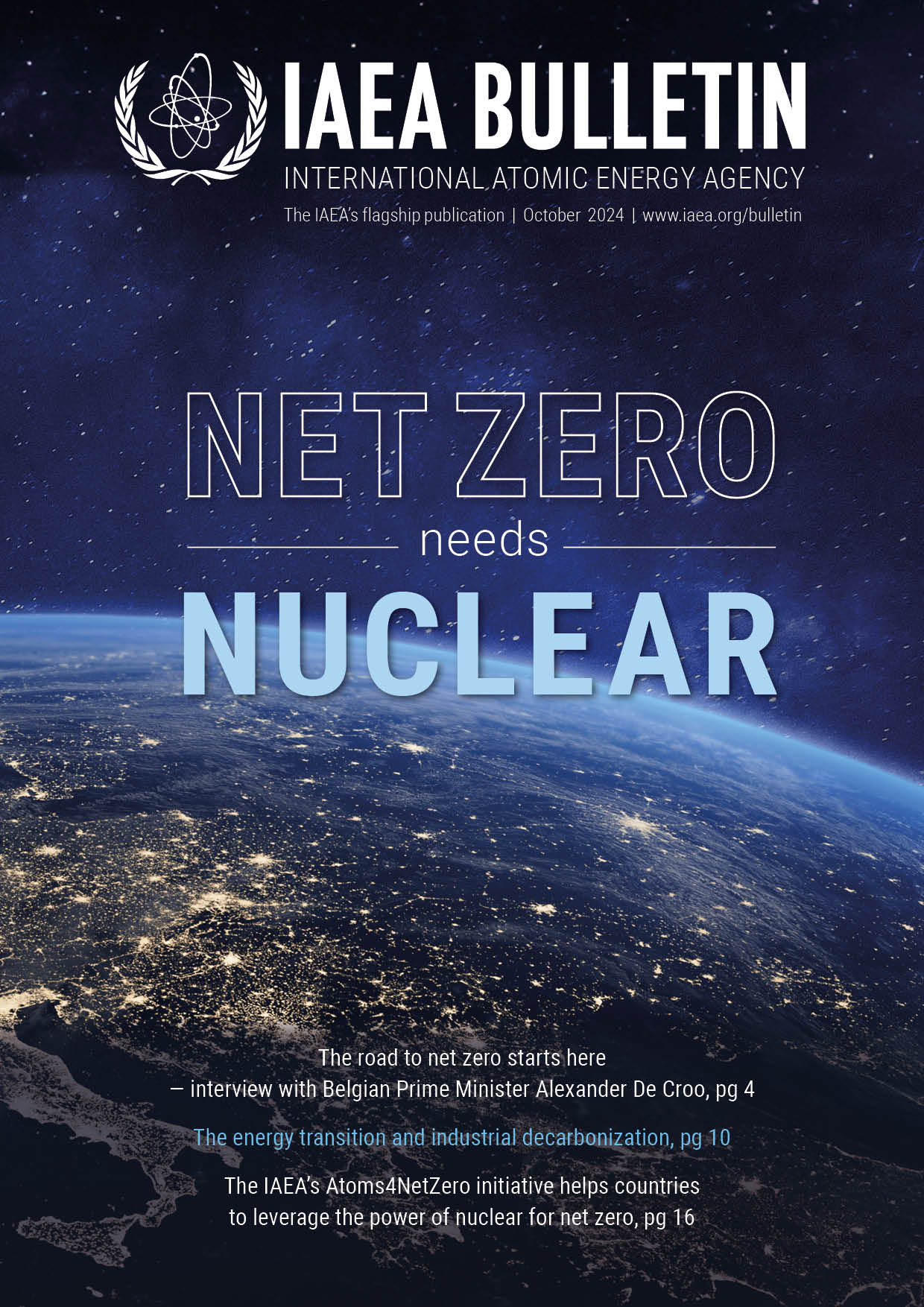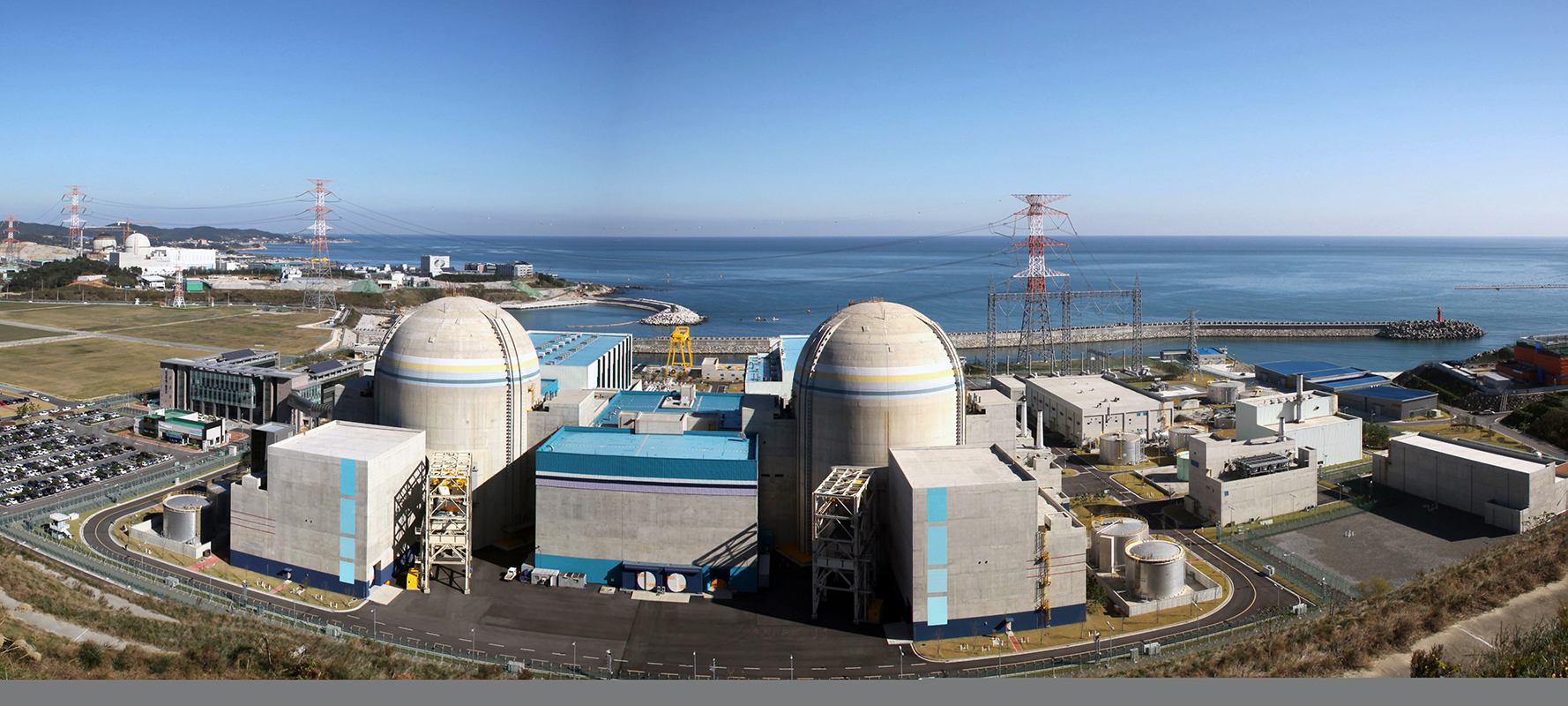The journey towards nuclear power is a complex undertaking, and the IAEA’s Milestones Approach has emerged as a crucial framework for nations embarking on this intricate path. For many of them — from newcomers like Ghana and Estonia to established players seeking expansion or strategic planning — the structured nature of the Milestones Approach has proven to be versatile and indispensable.
The IAEA’s Milestones Approach is a phased and comprehensive method designed to assist countries in developing their nuclear power programmes. The method is instrumental, providing a roadmap for nations from the early stages of considering nuclear power to the operational phase, a process which spans approximately 10–15 years.
Seth Kofi Debrah from the Ghana Atomic Energy Commission (GAEC) provides insights into the significance of the Milestones Approach: “The Milestones Approach provides a very high-level roadmap and guidance on how to prepare. For a newcomer country, developing such a major infrastructure project is challenging. The Milestones Approach provides a comprehensive formal structure to develop it”.
Ghana, one of the countries set to embrace nuclear power, has established the Ghana Nuclear Power Programme Organization (GNPPO) to coordinate preparatory activities. The country’s 15-year roadmap, structured around the three-phases of the IAEA’s Milestones Approach, envisages adding 700–1000 megawatt (electrical) (MW(e)) to the national grid by 2030.
Estonia, on the other hand, is also eyeing nuclear power as a reliable and low-carbon option. Reelika Runnel, Coordinator of the Estonian Nuclear Energy Working Group, emphasizes how the Milestones Approach gave them a starting point: “It provides an overview of how much work is needed to establish a nuclear programme and encompasses all topics related to nuclear power. It reassures decision-makers at the political level that they can make decisions based on the experiences of the IAEA, drawing on many Member States’ experiences”.
As the energy landscape evolves, traditional large-scale nuclear power projects are in part giving way to small modular reactors (SMRs). Estonia, recognizing this shift, is exploring SMRs given the limitations on accommodating large reactors in its relatively small electricity grid. “The Milestones Approach is also fully applicable to SMRs. Even though the concept of SMRs differs from conventional reactors, the same set of regulations are applicable,” says Runnel.

